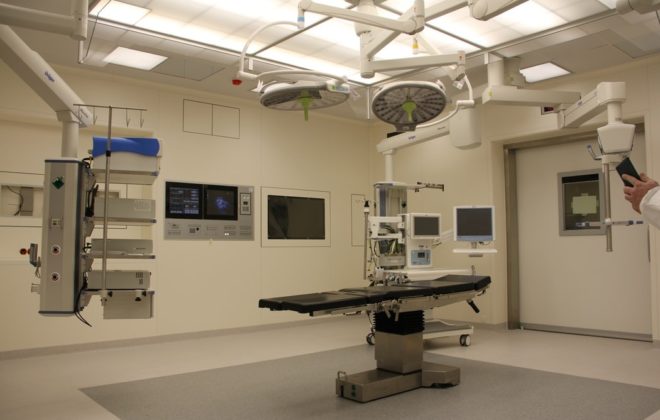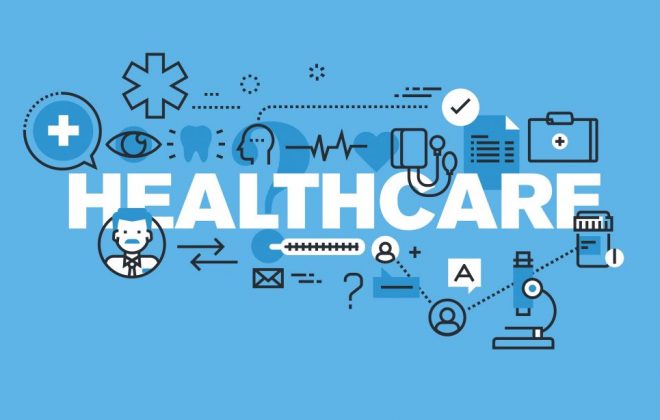Five Technologies That Can Give Your Hospital A Competitive Edge
Recently, Malaysia was ranked first in the best healthcare in the world category of 2019 International Living Annual Global Retirement Index. It was also ranked first for its sophisticated healthcare infrastructure by the International Living website.
Malaysia has also identified nine hospitals to boost medical tourism in the country.
While this spells good news for hospitals, one cannot discount the fact that there will be a lot of competition among small and big players to attract patients.
To remain a step ahead of the competition, hospitals need to offer the best care and experience to the patients. While world-class healthcare facilities and experienced professionals play an integral role in building the reputation of the hospital, technology is one facet that hospitals must pay attention to gain a competitive advantage. From empowering patients to monitor their health to improving day-to-day operational efficiency, technology offers an array of benefits to hospitals.
To harness the power of technology, here are the top five healthcare technologies you can use to gain a competitive edge over your competitors.
Five technologies that can give hospitals a competitive advantage
Artificial Intelligence (AI)
According to a market insights report published by AHA’s Center for Health Innovation, AI, Machine Learning (ML), and Robotic Process Automation (RPA) will soon become an integral part of the healthcare workforce. 40% of non-clinical tasks and 33% of clinical tasks can be done using AI. AI can help hospitals to reduce human errors, improve the efficiency of the staff, and enable them to focus on providing better patient care. The other advantage of using AI and ML is that its capability of doing predictive analysis can help healthcare providers to diagnose diseases faster and start the treatment quickly.
Internet of Medical Things (IoMT)
You may have heard the term Internet of Things (IoT). Internet of Medical Things (IoMT) refers to medical devices and software connected to communicate with various healthcare IT systems. The fitness bands are a perfect example of IoMT. The IoMT system can collect the data from the devices and send that to healthcare professionals for analysis and decision-making. This can help healthcare professionals to monitor the patient’s vital parameters in real-time and provide more personalized and accurate treatment to the patient. Automated monitoring can also reduce the risk of errors and delay in the analysis. Another advantage of using an IoMT is it makes the patient more aware and accountable about their health progress and promotes transparency in the process.
Blockchain
Many times, patient care is compromised because of the errors in backend functions. The backend of a hospital works in silos, which leads to bureaucracy seeping into the daily duties. Blockchain technology removes bureaucracy by decentralizing data. It is a real-time encrypted ledger that keeps the data secure and updates the stakeholders about the patient’s progress. This not just improves the collaborations between different stakeholders, but also helps to improve patient care by bringing in transparency in all the transactions.
Patient Engagement Technology
Patient engagement tools help healthcare professionals to provide personalized care to the patients. These tools encourage patients to be more active participants in the entire treatment. It helps to streamline the treatment process and improve the communication between the hospital and the patients by enabling the patients to connect with the hospital through platforms such as patient portals and mobile apps. According to MarketsandMarkets, the global patient engagement solutions market will grow at a CAGR of 16.2% and reach $18.7 billion by 2022.
Telemedicine
Sometimes patients may face difficulty in visiting the doctor regularly. In such cases, telehealth services can prove to be beneficial. It allows the patients to interact with the doctor through mobile devices instead of meeting them face-to-face. This helps the patient to receive timely treatment rather than wait for an appointment and enables them to seek faster treatment even if they live in a remote or rural area. According to a research study by DataM Intelligence, the global telemedicine market will be worth $113.1 billion by 2025.
Technology is constantly evolving. Even as you read this, technologies such as virtual reality, 3D printing, and robot-assisted surgeries are gaining a stronghold in the healthcare industry.
Investing in technology might seem exciting. However, it is equally crucial to study the existing challenges faced by your hospital and invest in technology that can help you address the issues efficiently and give you a competitive edge over your competitors.




